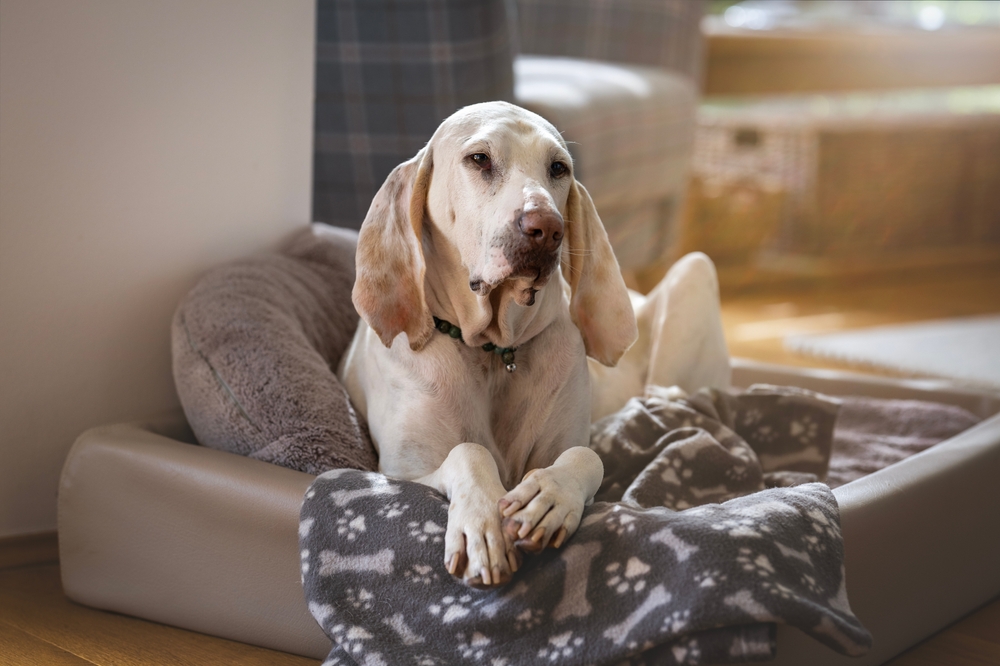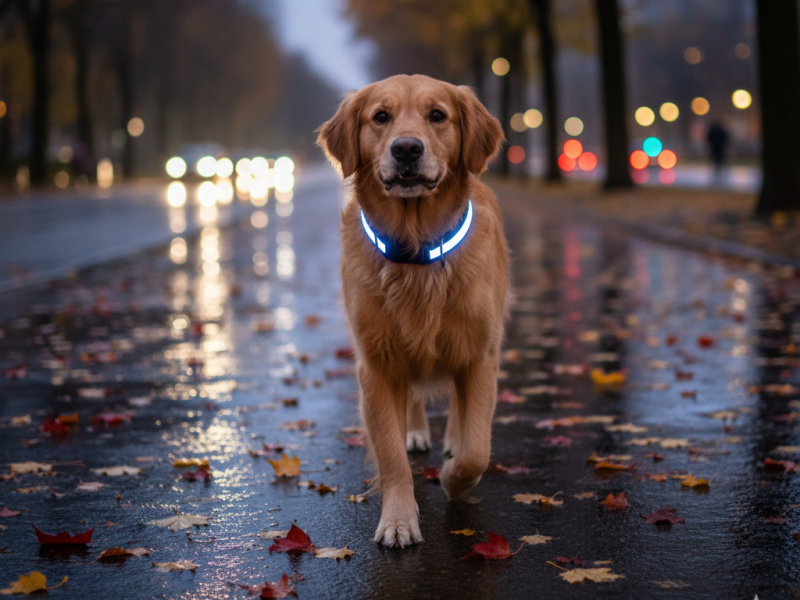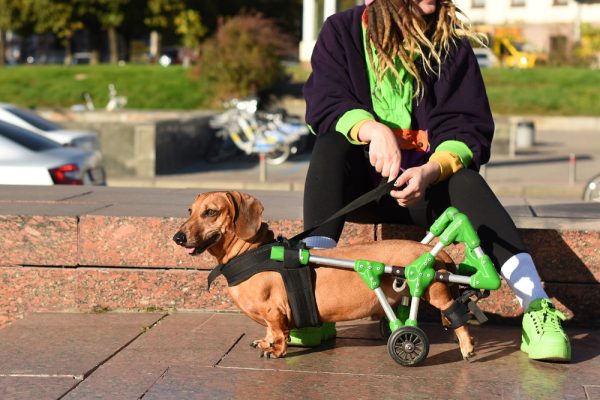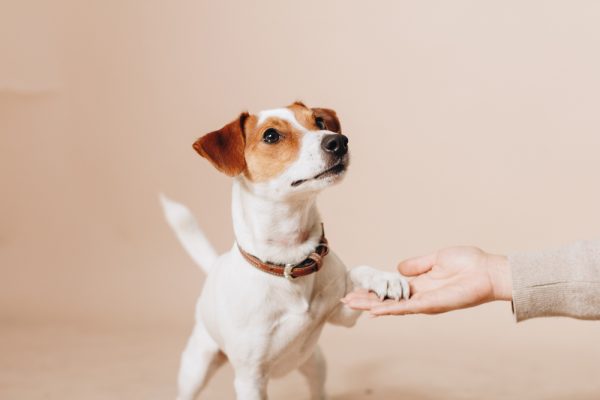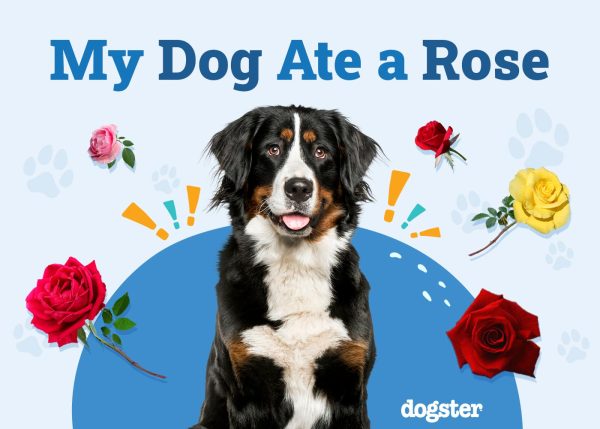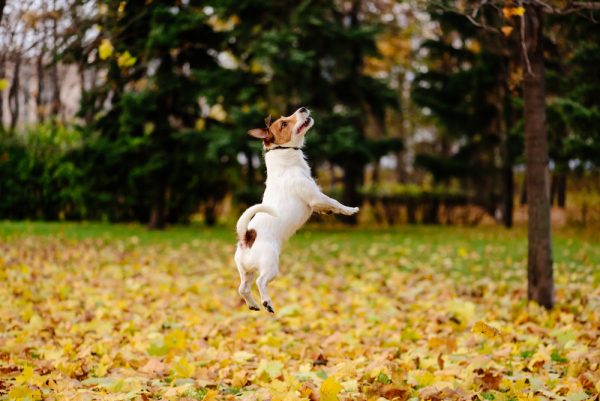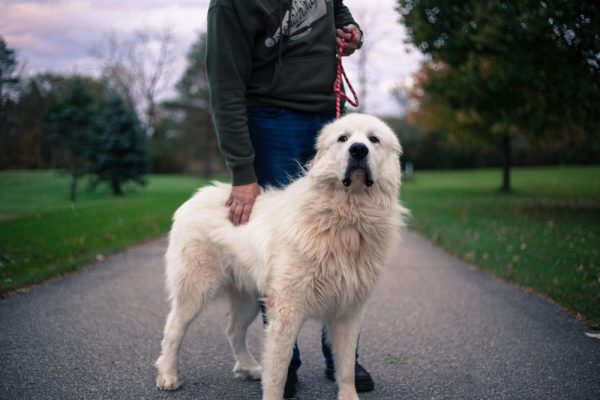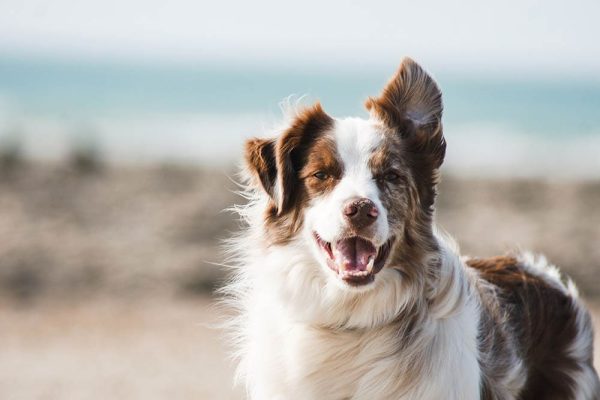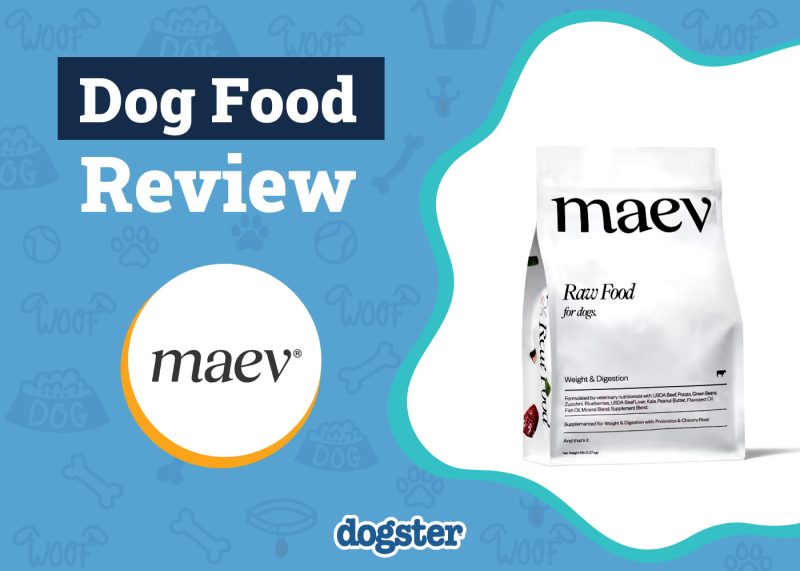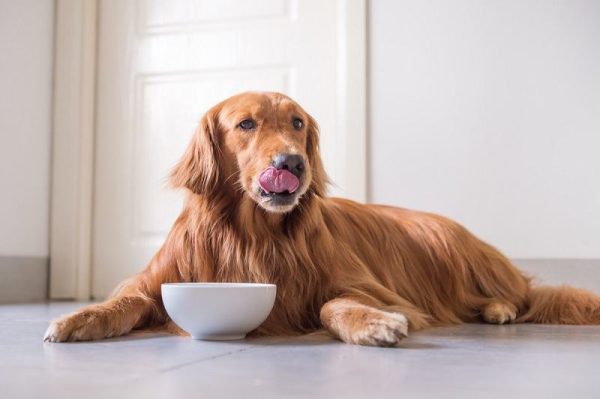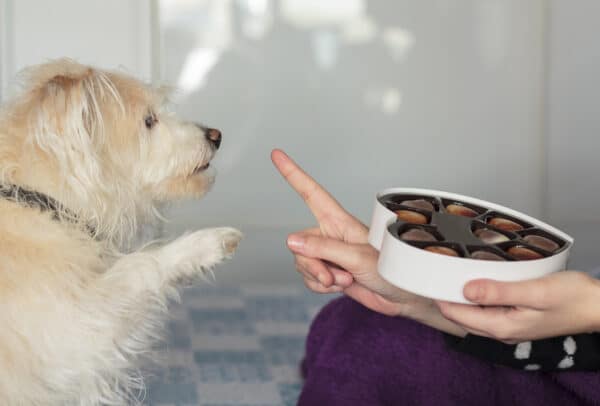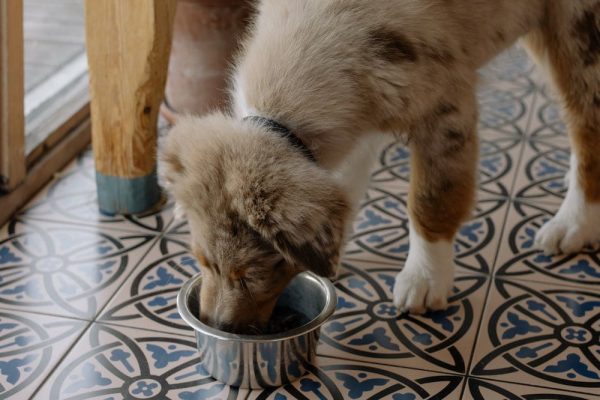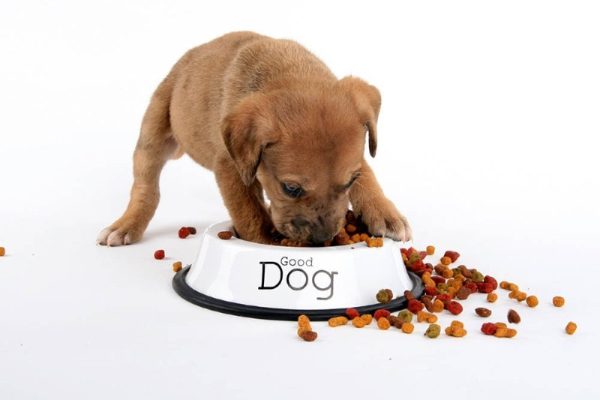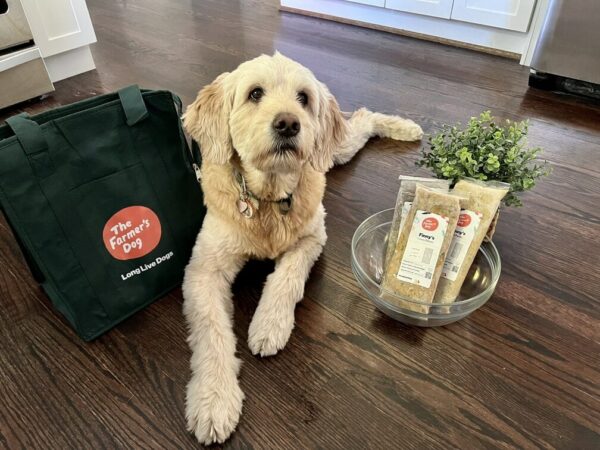In this article
View 8 More +The Porcelaine isn’t likely to be a dog breed you’ve heard of before, but if you’re looking for an incredible family dog that’s loving, loyal, and healthy, you need to learn more about them. These pups are born and bred hunters, but their fantastic personalities can make them suitable for family life, too.
Breed Overview
Height:
22–23 inches
Weight:
55–62 pounds
Lifespan:
12–13 years
Colors:
White and orange
Suitable for:
Hunters, families with older children, families with securely fenced-in yards, active families
Temperament:
Independent, energetic, powerful, affectionate
The Porcelaine isn’t a very common dog breed, especially not in North America, where their population is in the low hundreds. However, their elegance, energy, and commitment to work make them a fantastic companion suitable to life as a hunting partner or lovable family dog.
Porcelaine Characteristics

Porcelaine Breed Puppies
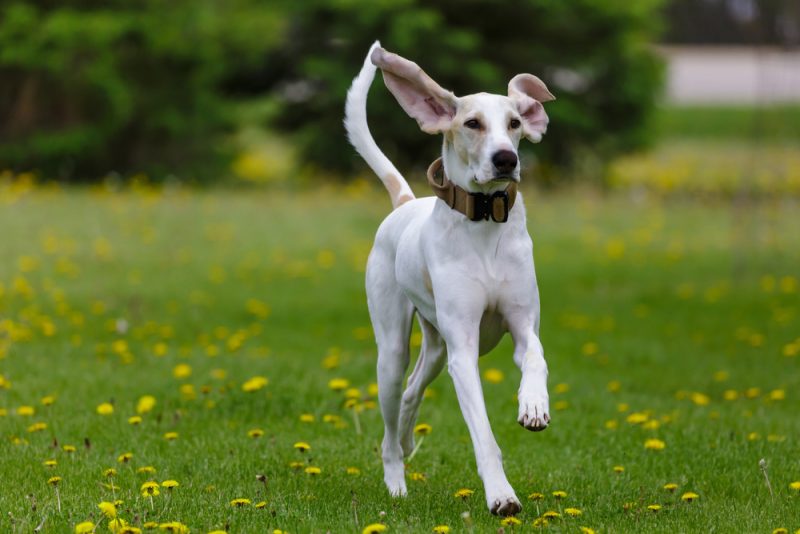
Porcelaine pups are born and bred hunting dogs. They need to be socialized from a young age to ensure they’ll grow up to be good family companions (if that’s what you’re looking for). Thankfully, even as puppies, Porcelaines are pretty intelligent, so training and socializing shouldn’t be too difficult.
Porcelaine dogs are extremely rare, with a minimal number of pups found living outside of their home country of France. So, if you have your heart set on adopting one of these rare scent hounds, you might have your work cut out for you. There are no Porcelaine breeders listed on the American Kennel Club Marketplace, and we were only able to find one or two breeders located in America and the same number in the United Kingdom. That doesn’t mean that other breeders don’t exist; it just may mean you’ll need to do a little more digging to find the right one.
Porcelaine Breed Origin & History
The Porcelaine was first developed in France and was initially called the Briquet Franc-Comtois after the Franche-Comte region in eastern France. This breed is thought to be a descendant of several dog breeds. In their DNA is the English Harrier, a medium-sized dog first bred in medieval England to chase hares, and the Montembeouf, a now-extinct French breed created for hunting board in packs. Like the parent breeds, the Porcelaine was developed to flush out and hunt hare, deer, and wild boar.
This breed is believed to be the oldest French scent hound in existence. Records show the Porcelaine existed in France and Switzerland as far back as the 1700s.

Temperament & Intelligence of the Porcelaine 🧠
Despite their history as hunters, Porcelaines are gentle and pretty easy to handle. They’re very affectionate and known to bond tightly with their human family members, old and young. These pups are very friendly and calm and relatively easy to train, thanks to their eagerness to please their humans.
Porcelaine pups are happy to live out their days alongside their humans as companion pets or keeping busy doing the hunting work they were born to do.
These dogs are outgoing and never shy. They’re eager to please their owners and will do almost anything for a good head pat or hug. Their sweet disposition can make them great medical alert dogs, and they can even thrive in search and rescue.
Though pack dogs like the Porcelaine typically communicate with one another via barking, whining, growling, and yipping, this isn’t a particularly vocal breed. Porcelaine definitely aren’t nuisance barkers, but they do have a beautiful baying call they’ll use occasionally.
Are These Dogs Good for Families? 🏡
The friendly and sociable nature of the Porcelaine can make them great family companions, but they may not be suitable for every family. They are generally quite tolerant and patient with children but should always be supervised when around young kids or children who haven’t yet had much exposure to dogs.
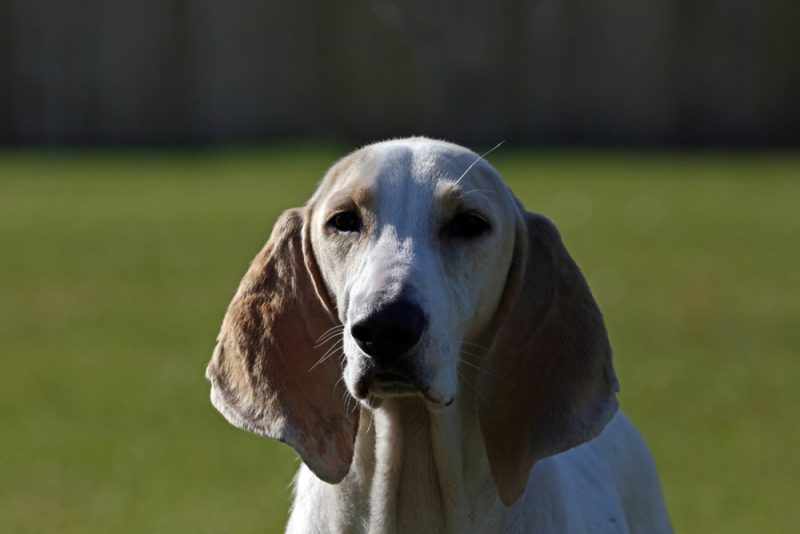
Does This Breed Get Along With Other Pets? 🐶 😽
The Porcelain is a pack hound and was initially bred to live and work alongside other dogs. For this reason, they can get along swimmingly with other pups, especially if they’re raised together.
However, with their hunting history, these dogs have an extremely high prey drive and, therefore, have an instinctual desire to stalk, capture, and prey upon other animals they deem food sources. They may not be an appropriate breed to bring into your home if you have cats or other small animals afoot.

Things to Know When Owning a Porcelaine
Food & Diet Requirements 🦴
The Porcelaine should be fed a high-quality commercial dog food formulated specifically for their life stage. Owners may also wish to look into foods designed for active dog breeds if their pups live the physically demanding lifestyle they’re designed to live.
High-performance dog foods are tailored for athletic and working dogs that need to be alert and active over long periods. They’re focused on helping to build and maintain muscle and sustain energy levels throughout the day. Most high-performance foods are higher in protein, calories, and fat than traditional dog food. If your Porcelaine is only moderately active and not performing any work duties, they probably won’t need a high-performance diet. Feeding them such a diet when their bodies don’t require more fuel can cause obesity.
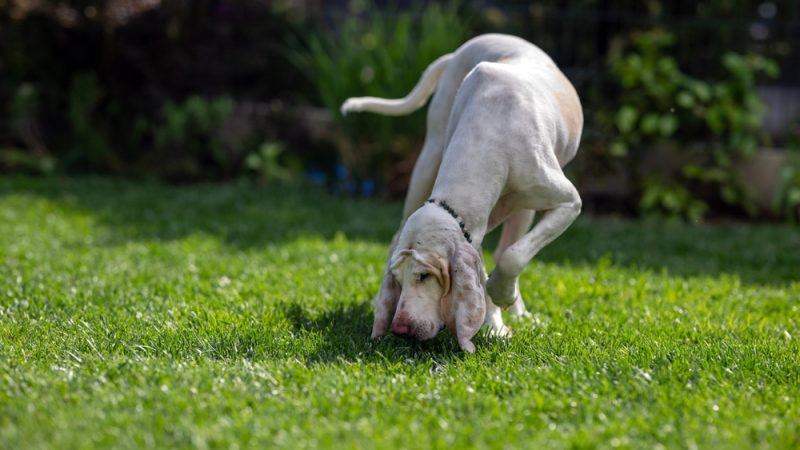
Exercise 🐕
Porcelaines are born and bred working dogs, so they have a fair amount of energy. As scent hounds, they also have a strong instinct to follow their nose. For this reason, it’s crucial to ensure your yard is securely fenced to prevent escapes. Just as important, your pup must be leashed when you’re going outside for walks. If you want to do some off-leash work, be sure to invest in a GPS-tracking collar so you can keep tabs on your pup if they wander away.
As active dogs, Porcelaines require a lot of exercise. This can look like several walks spread throughout the day, playing in your fenced yard, swimming, hiking, and training for dog sports. Because of their need for physical activity to channel their excess energy, they aren’t generally recommended for apartments.
Training 🦮
Early socialization and training are crucial and just as necessary for the Porcelaine as for any other dog breed. These pups are intelligent and trainable, but the sooner you can begin training, the better. They respond best to positive reinforcement methods, so make sure you have tasty rewards on hand and are generous with the praise.
Grooming ✂️
Thanks to their short, dense coats, the Porcelaine doesn’t have any demanding grooming requirements. They’ll need the occasional bath to keep them clean, and nail trimmings should be done regularly to avoid overgrowth. Owners should be extra diligent about checking and cleaning their pup’s ears due to their low-hanging design, but other than that, this is a pretty low-maintenance breed.
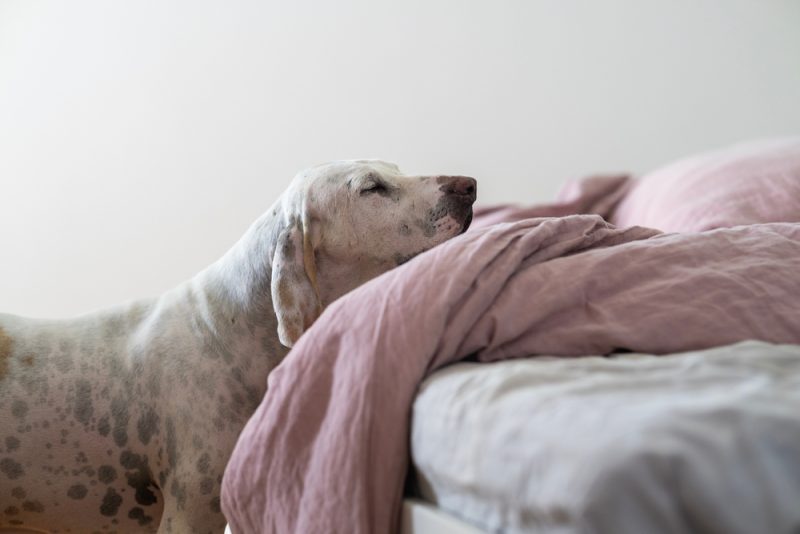
Health and Conditions ❤️
The Porcelaine breed is shockingly free from many of the common health conditions seen in the modern dog. However, as with most medium-sized breeds, they can develop hip dysplasia. As with other dog breeds, the Porcelaine may develop skin allergies and ear infections.
- Ear infections
- Skin allergies
- Hip dysplasia
Male vs Female
There is very little difference between male and female Porcelaine dogs. Males may be slightly taller and heavier than their female counterparts. Males may exhibit stereotypical behaviors associated with their gender, like mounting, roaming, and scent marking.

3 Little-Known Facts About the Porcelaine
1. The Porcelaine was once thought to be extinct.
The modern-day Porcelaine is very rare, but this breed’s numbers were once so low that they were believed to be extinct. Porcelaines disappeared after the French Revolution but were thankfully reconstructed by devoted breeders.
2. The Porcelaine is a very rare breed.
Though they were brought back from the brink of extinction, the Porcelaine’s numbers are still meager to this day. There are thought to be less than 300 individuals in all of North America.
3. The Porcelaine has recently been introduced to North America.
Porcelaines are found in moderate numbers throughout France and Italy. There are fewer of them in Europe and the United Kingdom. However, the breed wasn’t imported into the United States until 2009.
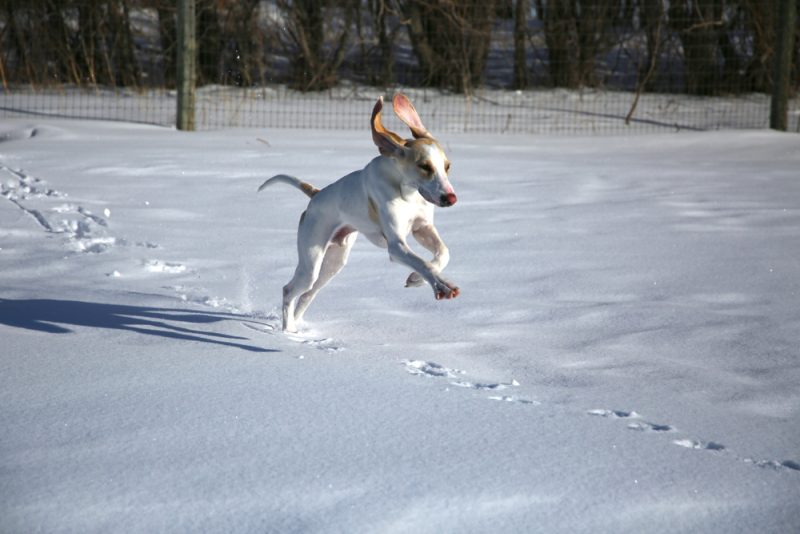

Final Thoughts
The Porcelaine is a fantastic dual-purpose dog breed that makes an excellent companion and skilled hunting dog. These pups are patient, affectionate, and loyal, all traits that lend themselves well to families with children. They can get along well with other household pets, particularly dogs; however, their high prey drive may make living alongside cats and other smaller animals difficult.
The Porcelaine is a highly active pup that genuinely enjoys physical activity. Their ideal family prioritizes time outside and plans on taking their dog with them on all their adventures.
This breed’s hunting roots mean they need a fair amount of space to run outside, so they’re best suited for families who have yards. Their scent hound DNA does make them a bit of a flight risk, however. Owners should make a point of double (and triple) checking their fencing to keep their pups safe and escape-free.
Porcelianes require their humans to have a fairly substantial commitment to training, socializing, and exercising. But in return, you’ll get an incredible companion that’ll shower you with love and affection for their entire lives.
Featured Image Credit: S. Birkelbach, Shutterstock
